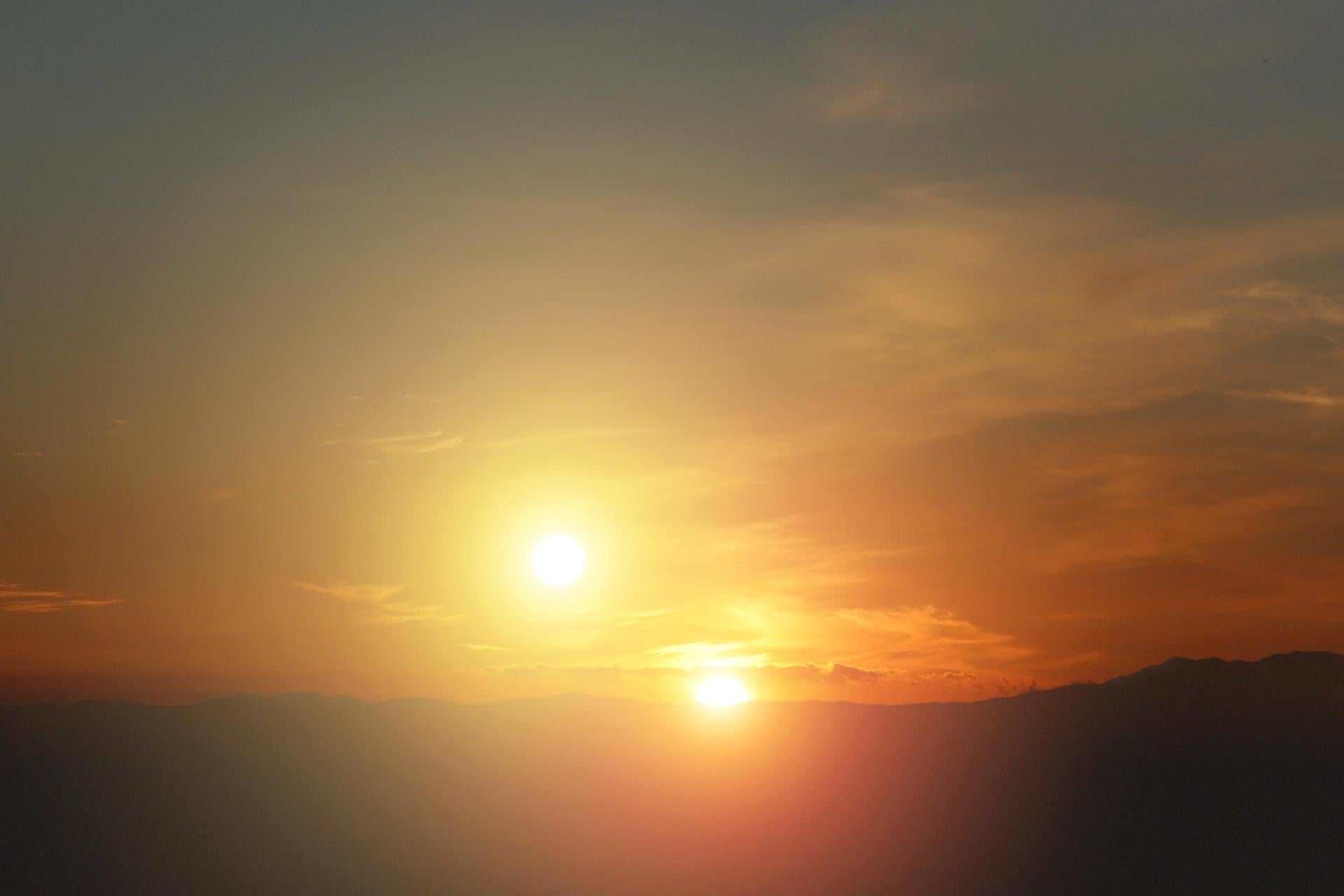Binary star systems could host alien life, but their planets could be weird

Your support helps us to tell the story
From reproductive rights to climate change to Big Tech, The Independent is on the ground when the story is developing. Whether it's investigating the financials of Elon Musk's pro-Trump PAC or producing our latest documentary, 'The A Word', which shines a light on the American women fighting for reproductive rights, we know how important it is to parse out the facts from the messaging.
At such a critical moment in US history, we need reporters on the ground. Your donation allows us to keep sending journalists to speak to both sides of the story.
The Independent is trusted by Americans across the entire political spectrum. And unlike many other quality news outlets, we choose not to lock Americans out of our reporting and analysis with paywalls. We believe quality journalism should be available to everyone, paid for by those who can afford it.
Your support makes all the difference.The logical place for scientists to search for signs of Earth-like alien life is around Sun-like stars, but as new research points out, almost half the Sun-like stars in the universe could present a very different stellar environment for planets they host.
About half of the Sun-like stars in the cosmos exist in binary star systems, two stars orbiting one another rather than a single star flying solo around its host galaxy. But the interplay of two stars in orbit around one another could dramatically change the process of planet formation.
That’s the finding of a new study published Monday in the journal Nature.
A team of researchers led by scientists of the Niels Bohr Institute at the University of Copenhagen trained the Atacama Large Millimeter/submillimeter Array (Alma)radio telescope in Chile on NGC 1333-IRAS2A, a binary star system about 1,000 light years from Earth. The star system is surrounded by a cloud of gas and dust, and although the system is too young for any planets to form, the disk is the stuff of which planets are made.
“The observations allow us to zoom in on the stars and study how dust and gas move towards the disc,” Niels Bohr Institute post-doctoral researcher and second author of the new paper Rajika Kuruwita said in a statement. Simulations will tell us which physics are at play, and how the stars have evolved up till the snapshot we observe, and their future evolution.”
They study suggests that binary star systems such as NGC 1333-IRAS2A will periodically become 10 to 100 times brighter than normal, perhaps for 10 to 100 years every 1,000 years. The researchers believe this to be the result of the gravitational dance of the twin stars perturbing the disk and some of the material falling in to the stars.
This in turn could alter the structure of the disk significantly, affecting the formation of any protoplanets in such a star system.
“The falling material will trigger a significant heating. The heat will make the star much brighter than usual,” Kuruwita said in a statement. “These bursts will tear the gas and dust disc apart. While the disc will build up again, the bursts may still influence the structure of the later planetary system.”
Just how such influence could change the nature of planets remains to be seen.
The researchers hope to get more time on the Alma telescope to continue their observations of NGC 1333-IRAS2A, but note that new tools, particularly the soon to be operational James Webb Space Telescope, could empower scientists to take on more detailed studies of binary star systems and hunt for evidence of life beyond Earth.
“The result is exciting since the search for extraterrestrial life will be equipped with several new, extremely powerful instruments within the coming years,” Professor Jes Kristian Jørgensen of the Niels Bohr Institute and leading of the project that led to the study said in a statement. The study results “may pinpoint places which would be especially interesting to probe for the existence of life.”
Join our commenting forum
Join thought-provoking conversations, follow other Independent readers and see their replies
Comments